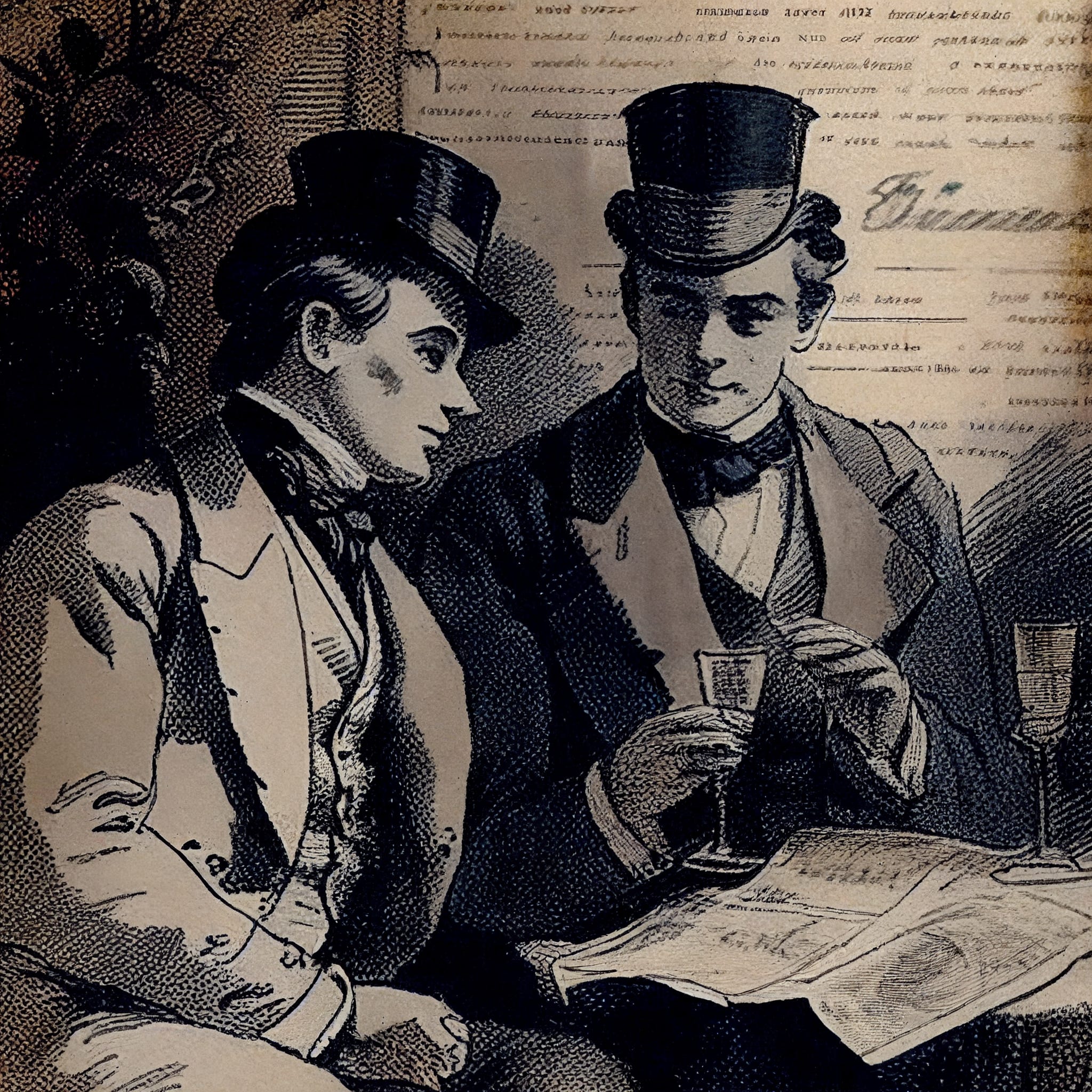Andrew Sanford on “How to Raze a Family”

Andrew Sanford Q&A
Andrew Sanford’s story, How to Raze a Family, is one of our favorite pieces published so far: It’s a thrilling piece about the secrets we keep from others and ourselves — and how those same secrets have the power to break or even renew us. Co-creator/co-editor Robert Frankel spoke with Andrew about his approach to complex characters, his inspirations, and how an old fantasy screenplay of his bore the kernel of this very story.
This interview has been edited for clarity and length.
Robert Frankel: One of the many elements of How to Raze a Family that really impresses me is your use of multiple points-of-view between the characters of Belva, Lylah, and Worris. How did you decide to tell the story this way?
Andrew Sanford: All three characters represent a different kind of perspective. Worris is very self-centered and even cruel to a certain extent, even if he doesn’t think that he is. Belva’s in the middle. She’s not simply an agent of chaos, but she’s got no loyalties or allegiance. And then you have Lylah, who’s just a good, upstanding person. What helped the story in having those three different perspectives is that I was able to pack in more revelations through other character’s eyes. We first meet Worris and he seems like he’s a loving husband who does what’s right. But through Lylah, you pick up on some of his little negativities he tries to hide. And then Belva, shows us more of who Worris really is. So, when we finally get to the big revelations, we’re seeing it through Lylah so that it would be more devastating.
You write complex characters in an interesting way in that they all seem to recognize who they really are without truly understanding as much. Even Lylah — whom you describe as a good, upstanding person — bears a certain amount of culpability for Worris’s actions.
Worris was my North Star, as it were, but in reverse: I kept thinking, “How do I go in the other direction?” I didn’t want to follow the North Star. I wanted to go the opposite direction. Why would somebody like Lylah find herself with somebody like Worris? He talks himself up in his POV and we see how he sees himself. But for Lylah, maybe there’s been somebody in her life before who’s like Worris that she couldn’t get away from. I brought that forth as her having memories of her mother, who’s this cruel, bitter person. Somebody like Worris can sneak in and be bad but not as bad as Lylah’s mother, and Lylah will think, “Well, at least he’s not my mother.”
Lylah helped me look at Worris in such a way that the story could have its impact. And because I knew Lylah bore witness to the change readers would see in Worris, I knew Belva would necessarily be the person who makes the change.
I think we’ve all had a moment where we say about our partners, “At least they’re not like my mother.” What is your approach to character within a genre framework?
I want to care about characters, especially if they’re being tormented or killed or what have you. If I have a connection, if I feel I might see myself in the characters it puts me on their side. You don’t get that, especially with characters in genre things, if they’re one-note archetypes. I, personally, don’t feel any connection. When I have a connection, I can feel devastated when characters are betrayed, devastated when they betray me.
What are some literary touchstones for you?
I’m a horror writer; that’s the stuff I write. The Twilight Zone and Tales from the Crypt were a big influence on me for this story. But a lot of times with those, it’s, “Here’s what happened to this person, and now you see they’re ruined forever.” I didn’t want to stop with that. I wanted bigger implications because the world is bigger than just the characters we meet in the story.
The Simpsons is big for me, as I’m sitting here in my Simpsons shirt and socks. The “Treehouse of Horror” episodes are probably some of my earliest introductions to horror. Those episodes are so multifaceted. The show has been around for 33 years, covering everything, and they’ve done these different kinds of genres and shown you can do an emotional story or a silly story or a very scary story all in the same episode.
I have an older brother. Growing up, if he wanted to watch something, chances were I was going to watch it. I saw Halloween and The Shining that way around the age of six or seven. Stephen King is somebody who can get down to human nature in a way I think is very frightening. He writes from people’s POVs in a way where somebody might have a thought that seems completely reasonable but is actually very terrifying. Pet Sematary, both the book and the 1989 movie, are great examples of this.
Do you have any parting advice?
Write stuff. Just write. Work on stuff with friends, make stories. You could end up writing something no one will ever see ever except for you. But that’s going to make the next thing better. Whatever people eventually do see, it’s going to be better because it’s informed by your other work.
I’m curious — is there anything in How to Raze a Family that found its way there from a previous piece in your portfolio (or perhaps your anti-portfolio)?
Yes! I have a big 125-page fantasy script. It was me going, “What if I had a $200 million budget? What would I do?” I’ve always loved the idea of a character being paid with secrets — one of the characters in this script has been around long enough they don’t need money, food, land, any of the things we would consider valuable. What they want is the human spirit, to experience something no one else gets to be a part of. They want to be there at your deepest, darkest moment when you’re confessing something to somebody else. That made it into this story.
It’s one of the most remarkable elements in your story. Very vivid.
Honestly, I kind of reverse-engineered the story from that point. That was the one thing I knew was certainly going to happen when I started writing the story. And so I worked to make it happen.
Read more of Andrew Sanford’s commentary at Pajiba.com.






